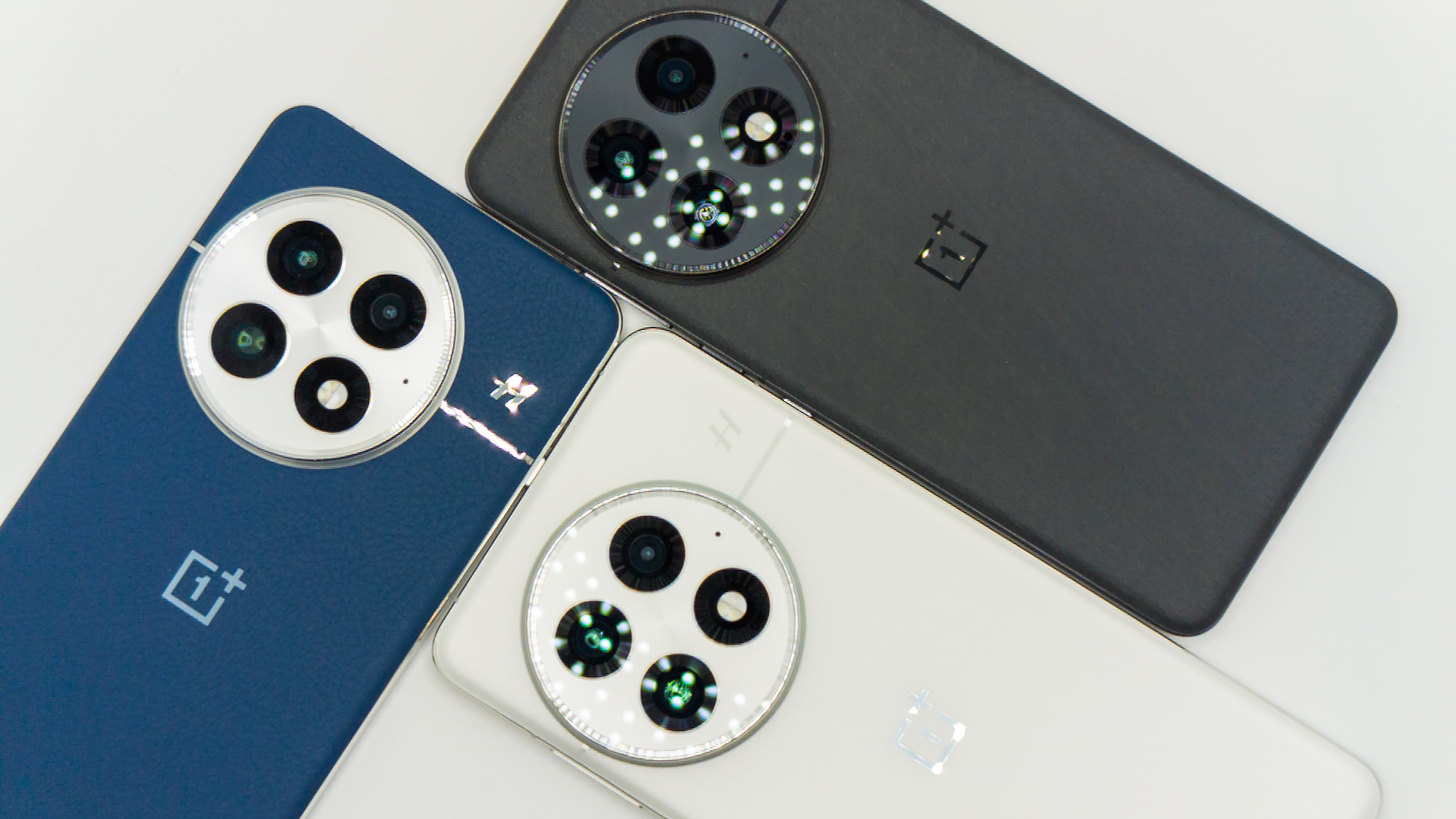
The OnePlus 13 made its global debut, and it is now available for $899 in the U.S. and ₹69,999 ($815) in India. It was always a given that the phone would get a price hike — the Chinese model was costlier by $80 than the OnePlus 12, so it was obvious that the global model would also follow suit.
This is the second year where OnePlus increased the cost of its device by $100; the OnePlus 11 debuted for $699, and the OnePlus 12 for $799 last year. Even in India — where OnePlus continues to sell a majority of its phones — the device is costlier by ₹5,000 ($58). With the hike comes the inevitable question: do you still buy the OnePlus 13, or pay more and get the Pixel 9 Pro XL or the upcoming Galaxy S25 Ultra? That's what I'm here to answer.

In Hardwired, AC Senior Editor Harish Jonnalagadda delves into all things hardware, including phones, audio products, storage servers, and routers.
Even though the OnePlus 13 costs $100 more than last year, you get considerable upgrades; the phone has much better durability, a bigger battery, better cameras at the back, and the latest Qualcomm silicon. Out of all these changes, the one that I like the most is the design. OnePlus overhauled its design language this year, moving to an aesthetic with flatter sides.
While I'm not usually a fan of this design style, OnePlus added beveled edges to the sides to make holding and using the OnePlus 13 much more comfortable, and it has better in-hand feel than the Find X8 Pro or the Vivo X200 Pro. The OnePlus 13 is somehow lighter than last year — and other phones with 6,000mAh batteries — and the weight distribution is about the best of any phone I used recently.
If you're eyeing the phone, I highly recommend getting the Midnight Ocean variant; the blue color looks fantastic, and the microfiber vegan leather back has a soft texture that's unlike any other leather-backed phone. OnePlus also switched to a Goodix ultrasonic fingerprint module this time, and thankfully, there are no issues with positioning — it is high up on the panel, and I didn't have any problems with authentication or accessing the sensor.
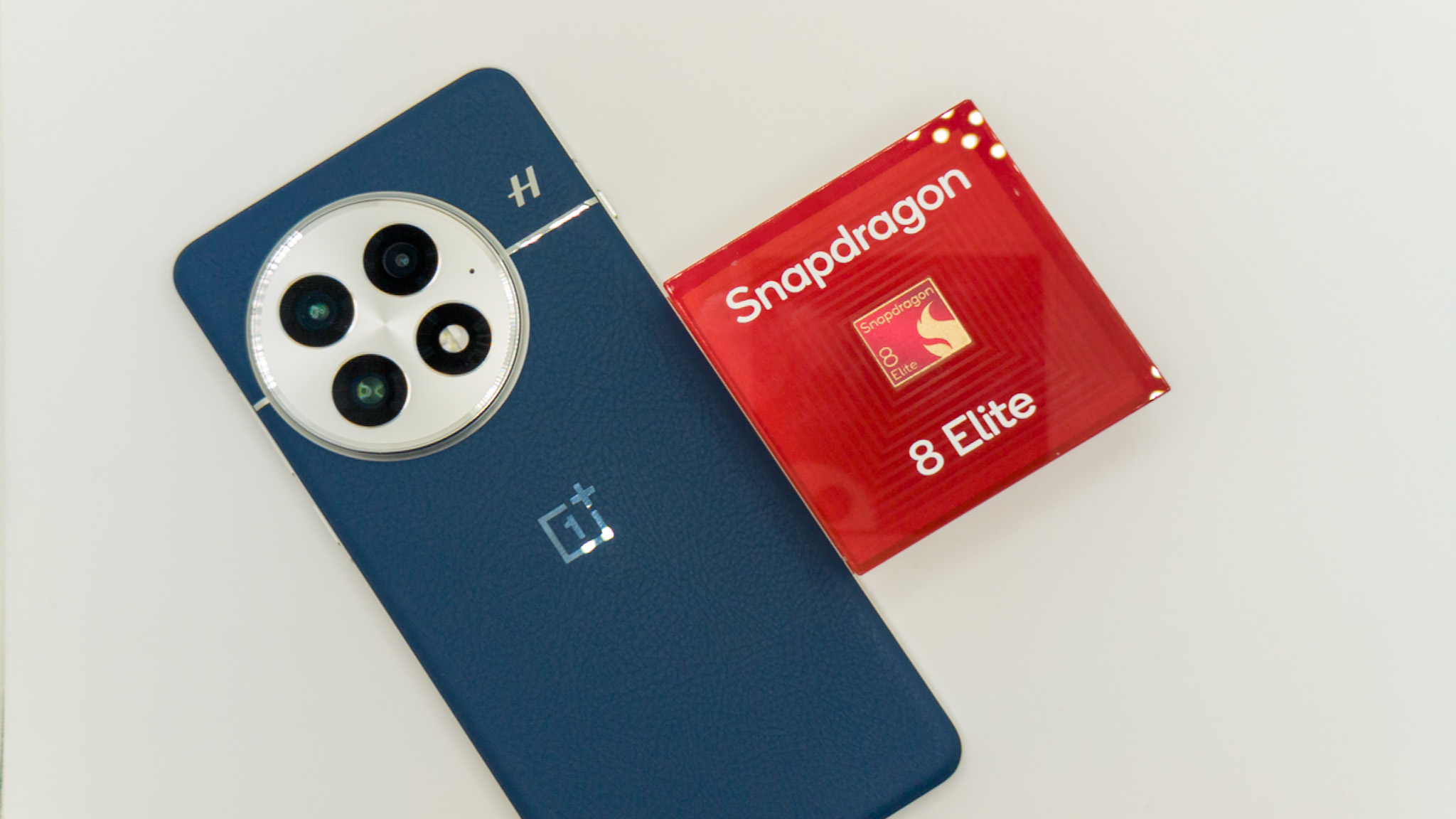
Then there's the hardware. OnePlus always does a good job in this area, and the OnePlus 13 continues that heritage, delivering the latest hardware coupled with excellent optimization. The interface is noticeably faster than last year, and the fluidity is among the best of any phone today.
It's still annoying that 120fps gaming is limited to just three games, but in most titles I tested, the phone delivered steady framerates without any overheating issues. I didn't have any problems with the basics — cellular connectivity was great, and it had a strong signal throughout. While I don't use eSIM yet, the phone doesn't miss out on the feature, and that's good to see.
Another big upgrade is around the battery tech, with the device getting a bigger 6,000mAh battery that lasts a day and a half. The battery uses silicon-carbon tech and has 10% silicon in the anode to deliver better density, and an added bonus is the ability to use the phone in freezing weather without any detriment to battery life.
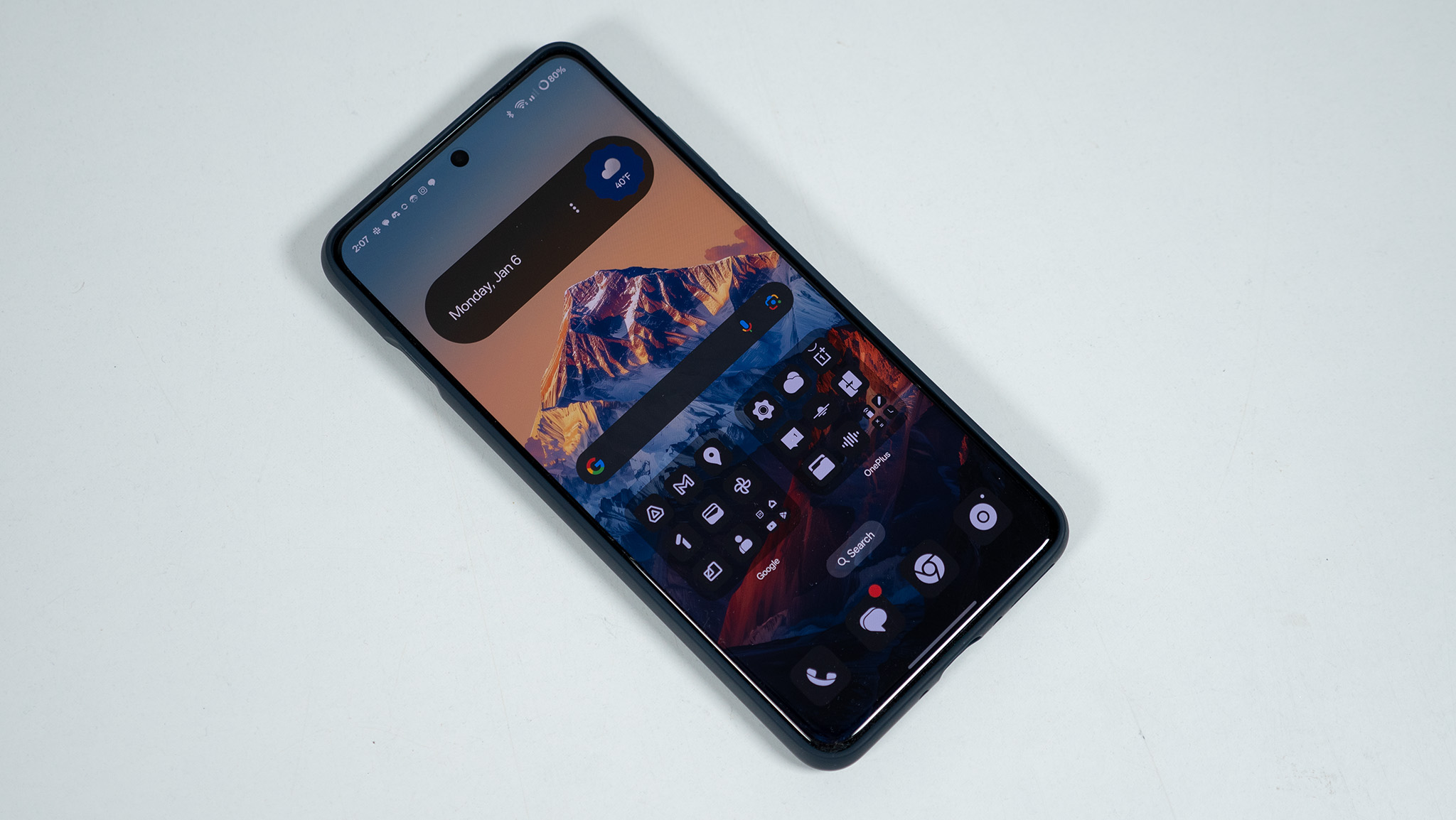
Interestingly enough, OnePlus retained the dual-cell configuration even with a silicon battery, and it is the only manufacturer to do so — OPPO and Vivo switched to a single-cell design this time around. The advantage with a dual-cell design is that you can easily charge both batteries at the same time, and as a result, the OnePlus 13 takes 38 minutes to fully charge via the 80W standard; by contrast, the X200 Pro takes 12 minutes longer.
Battery life isn't as good as the Find X8 Pro or Vivo X200 Pro, but I still got a day and a half between charges, with SOT hitting over ten hours (I'm addicted to Balatro). What's particularly interesting is the AirVOOC charging puck; this accessory lets you charge the phone at 50W, and it does a terrific job. The caveat is that the OnePlus 13 doesn't have magnets at the back, and you'll instead need to buy a case to use the charging puck.
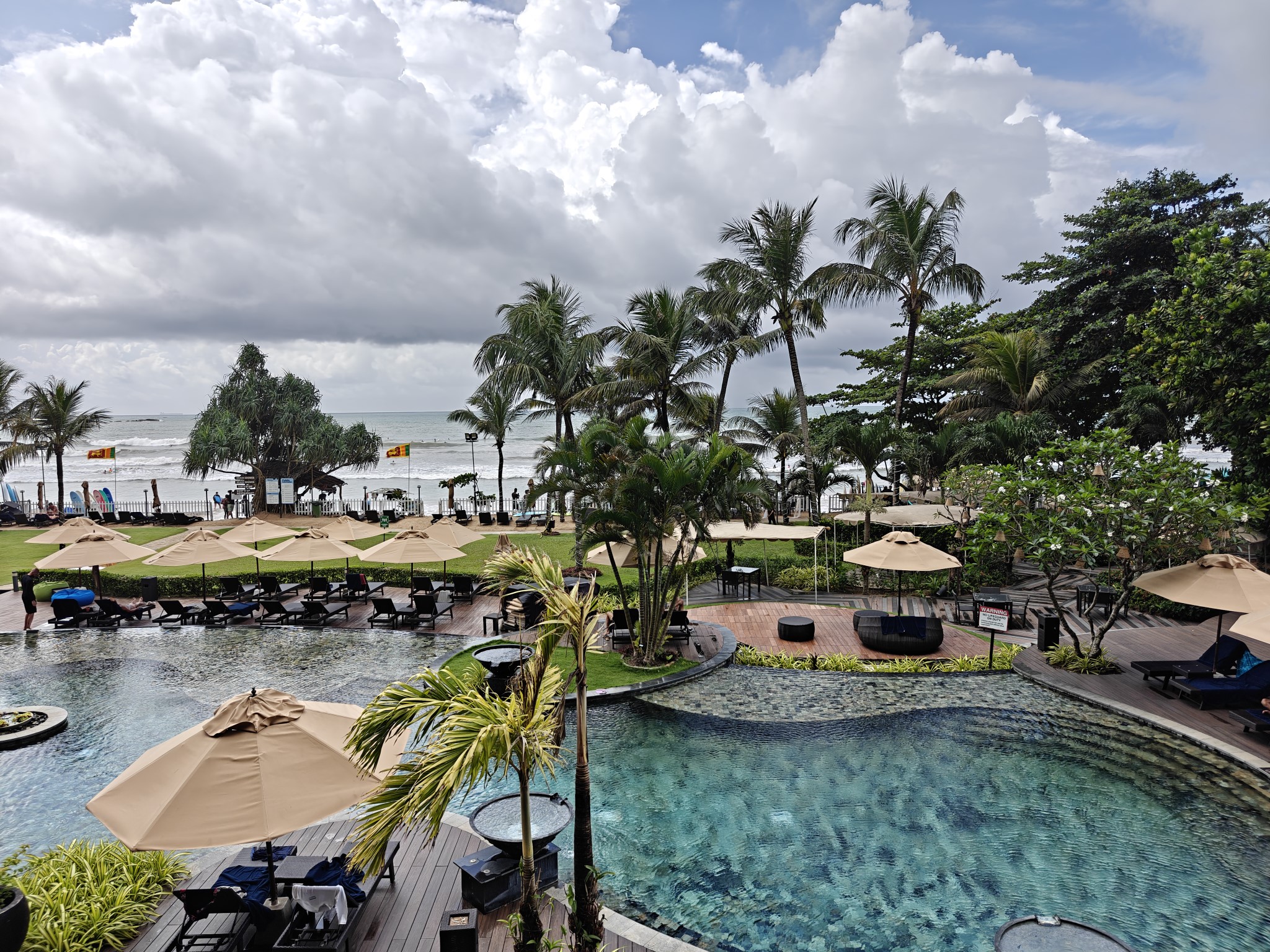
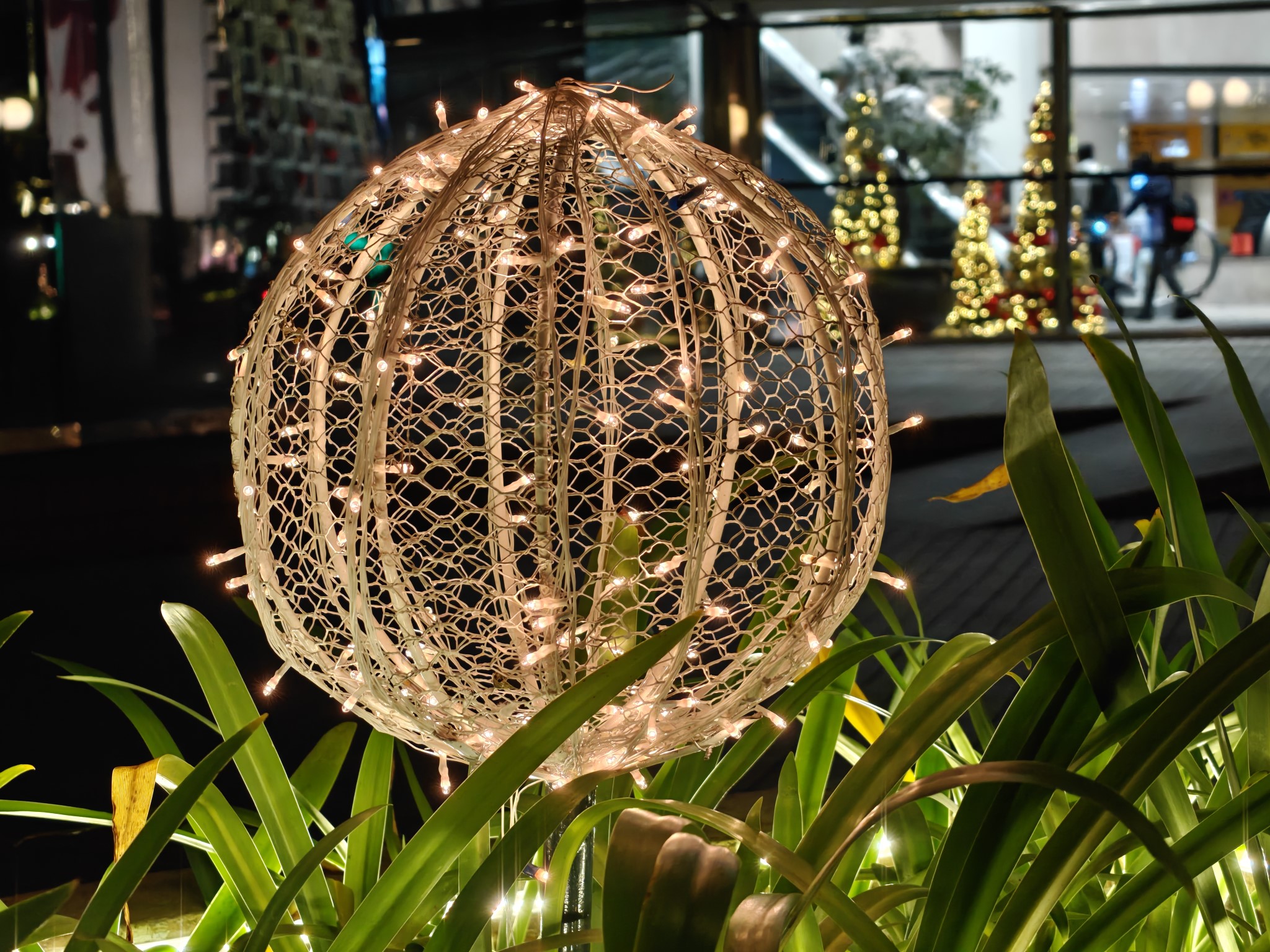




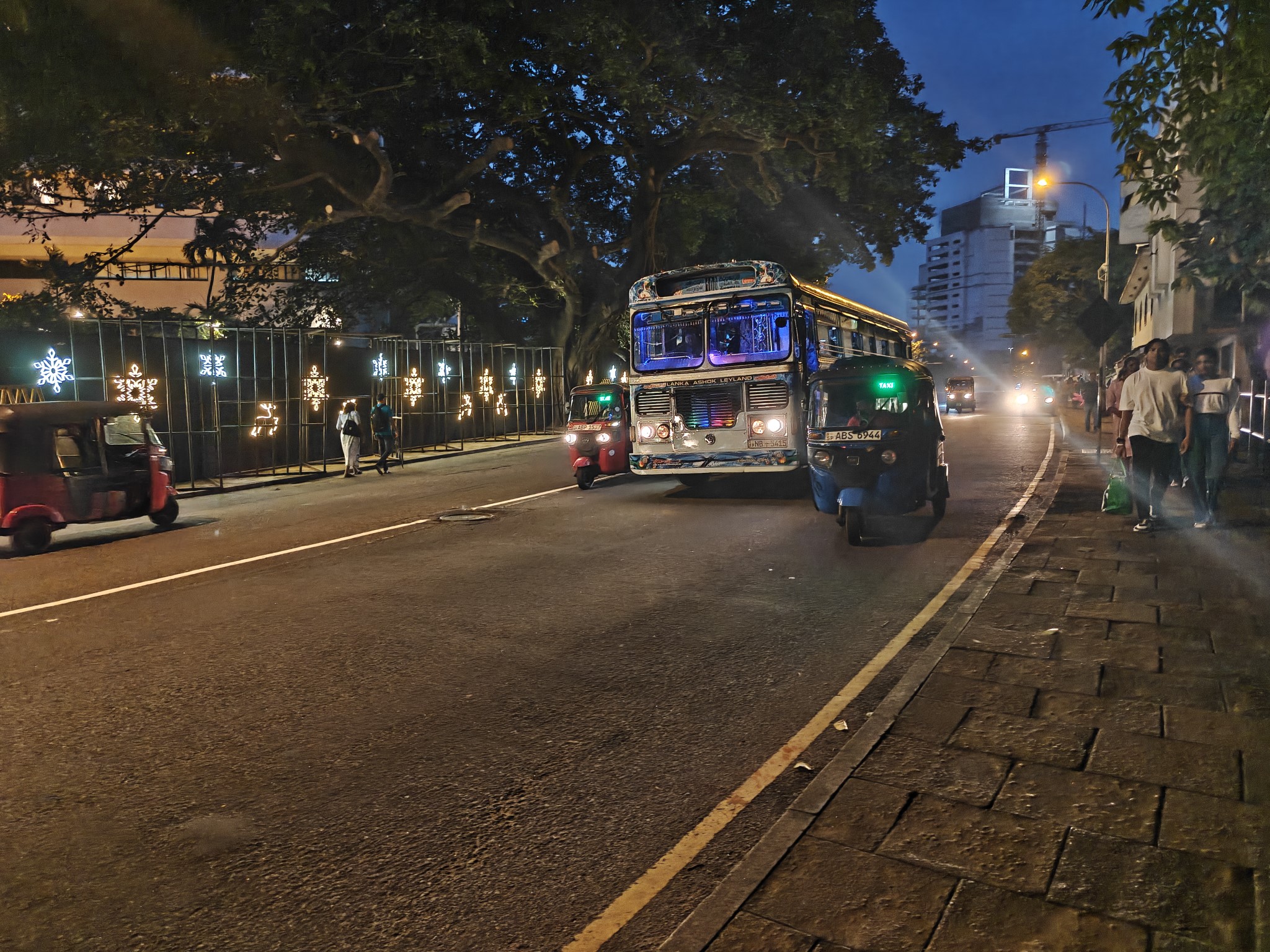





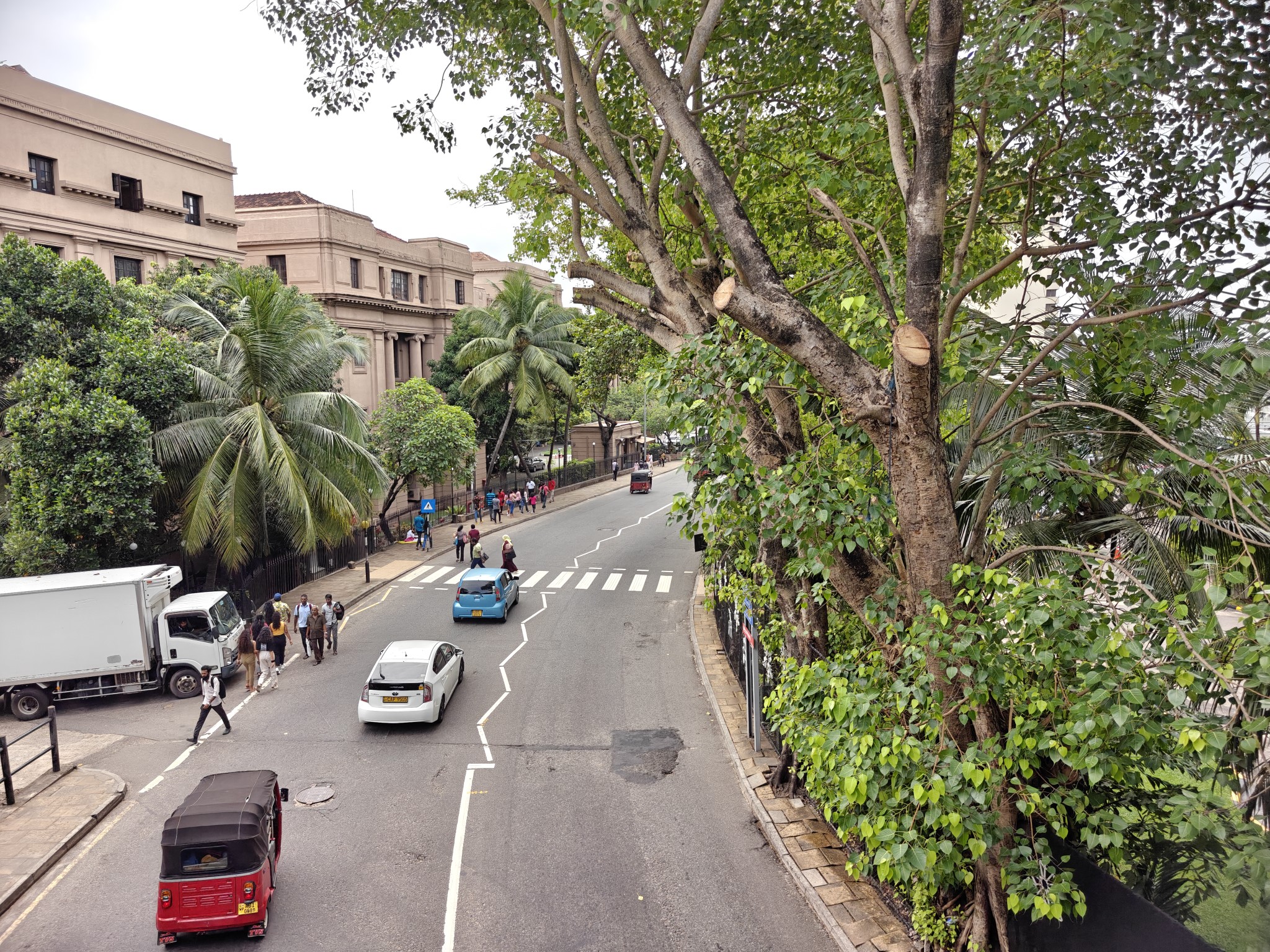


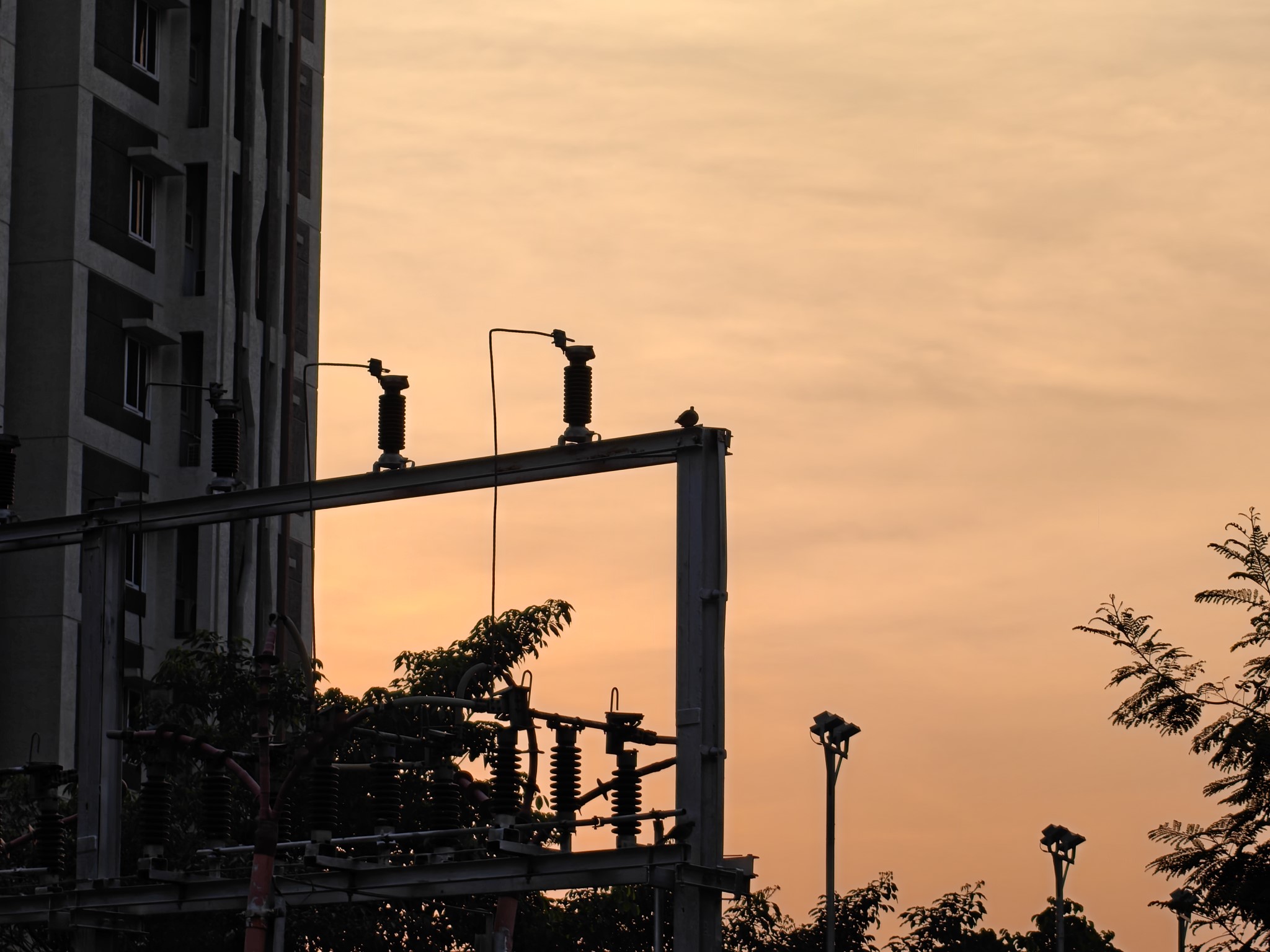




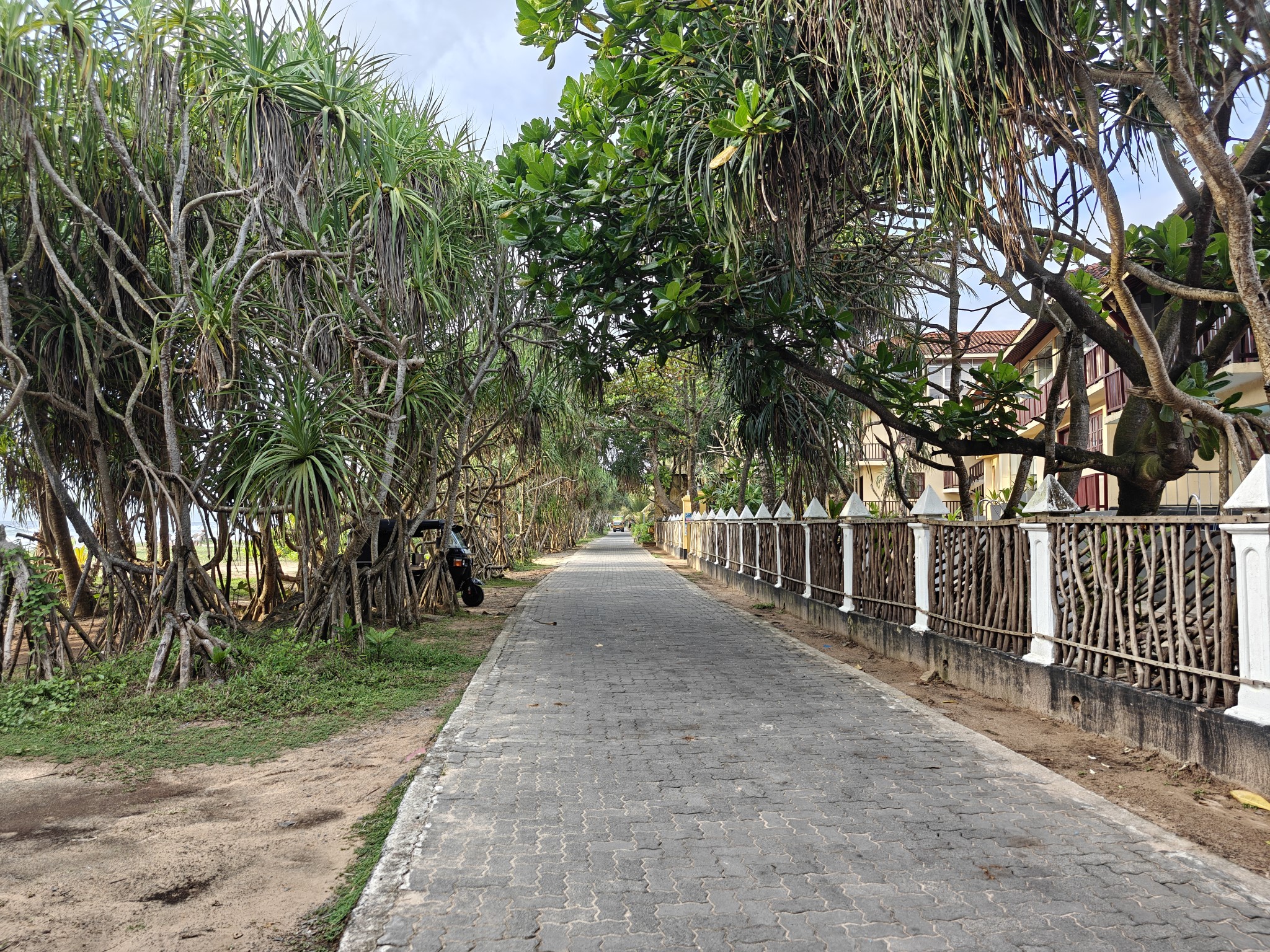
OnePlus went with new camera modules this time, including a 50MP Sony LYT-808 main camera alongside a 50MP Sony LYT-600 telephoto with 3x optical zoom and OIS, and a 50MP wide-angle lens. The zoom lens uses similar tri prism tech as the Find X8 Pro, so you basically get a smaller module.
The camera quality is better than last year, and while I still give the edge to the Find X8 Pro and Vivo X200 Pro, the OnePlus 13 effortlessly holds its own against the Galaxy S24 Ultra and Pixel 9 Pro XL, and that's a sizeable achievement in and of itself. It takes terrific portrait shots, detailed low-light photos, and much better videos.
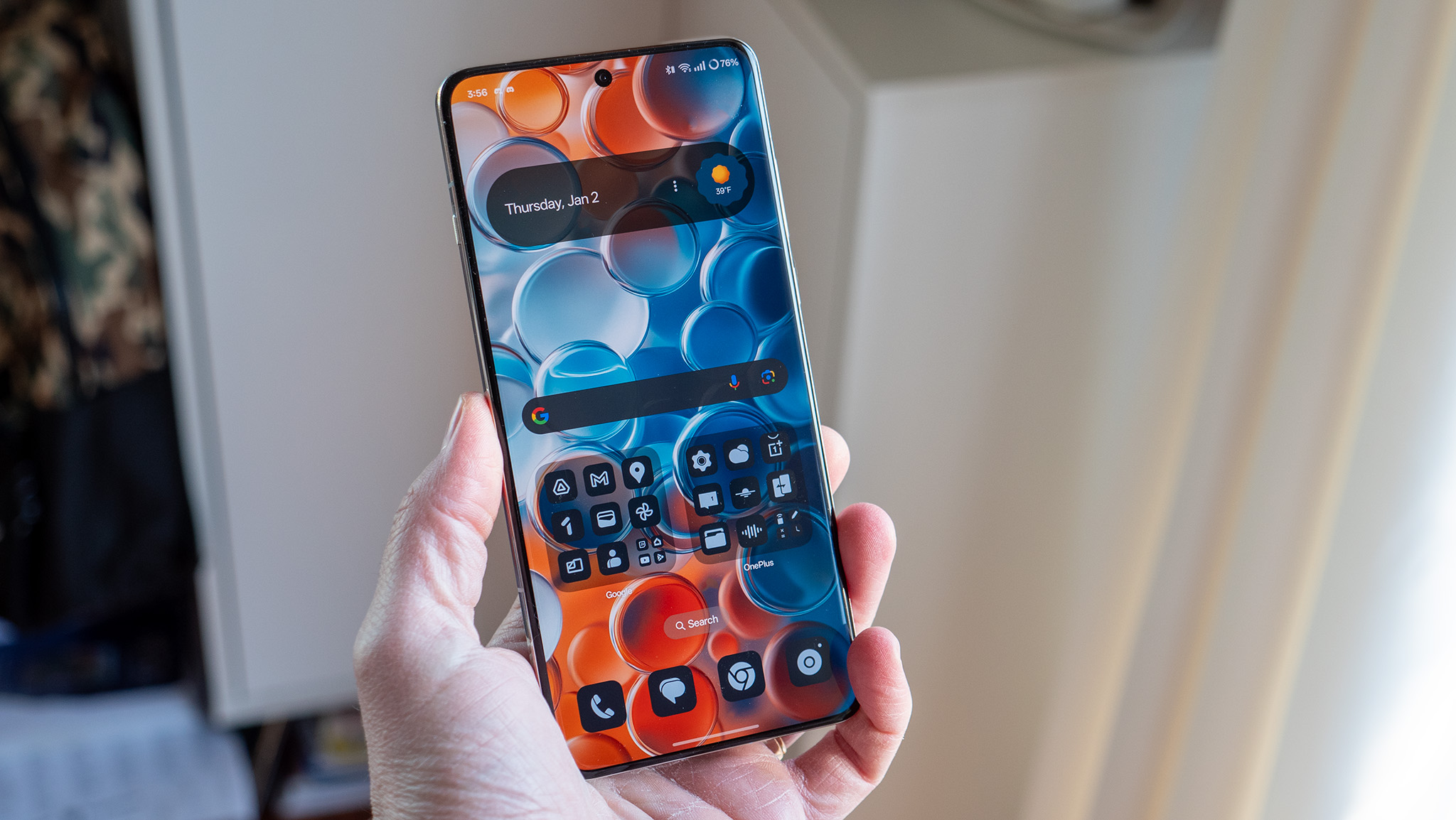
I can't find much to fault with the software either. The interface is fluid and doesn't have any notable bugs out of the box, and there's a decent amount of AI-backed utilities if that's what you need in a phone. And with four years of updates, the phone will stay relevant a lot longer.
Even though the OnePlus 13 costs more than last year, you get more than enough upgrades to justify the increase, and it is now my go-to recommendation if you need a new phone in 2025. I like the X200 Pro better because of the cameras and color tuning, but it is costlier by the equivalent of $250, and not available in as many global regions as the OnePlus 13.
If you need an all-rounder that looks great, has the best hardware, lasts over a day, and takes fabulous photos, the OnePlus 13 is the phone to buy — OnePlus finally delivered a flagship without any noteworthy flaws.
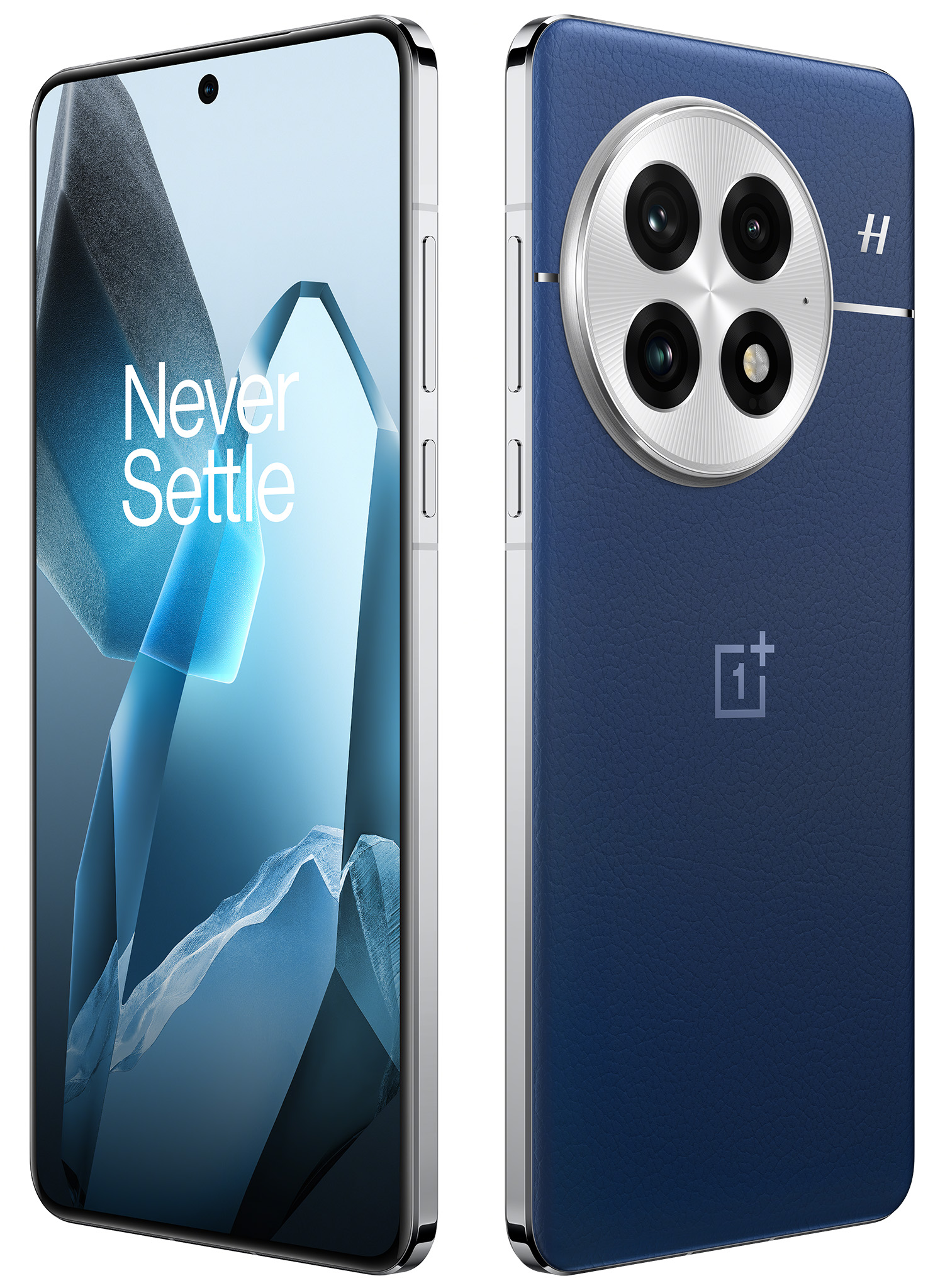
With exciting camera and battery upgrades, the OnePlus 13 solidifies its position as one of the best phones of 2025.







